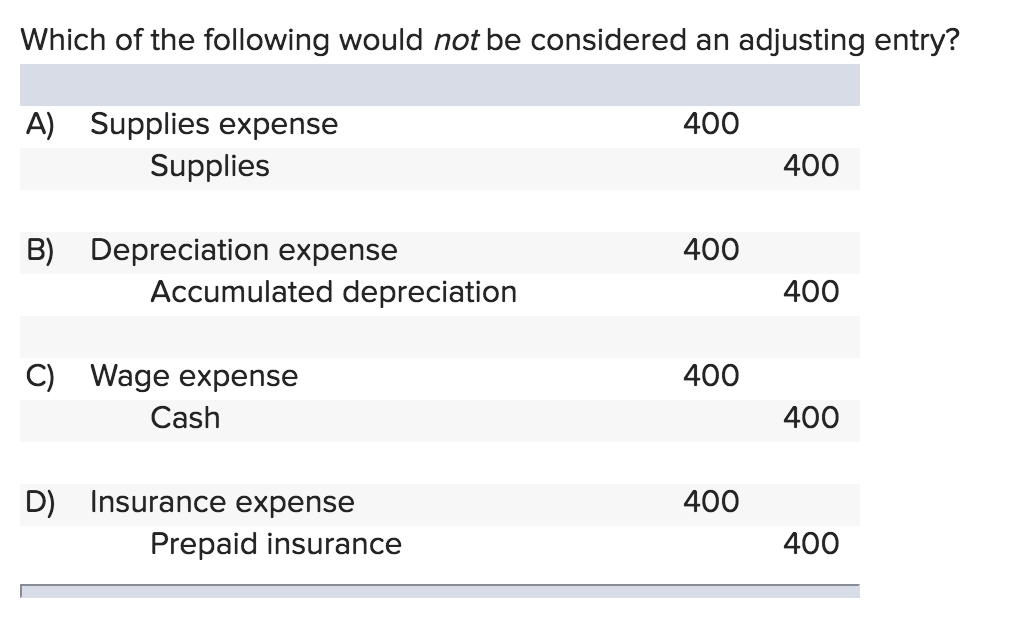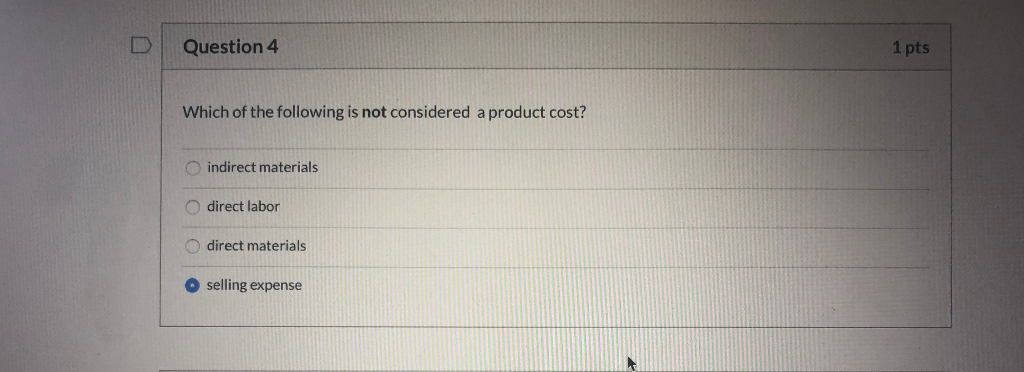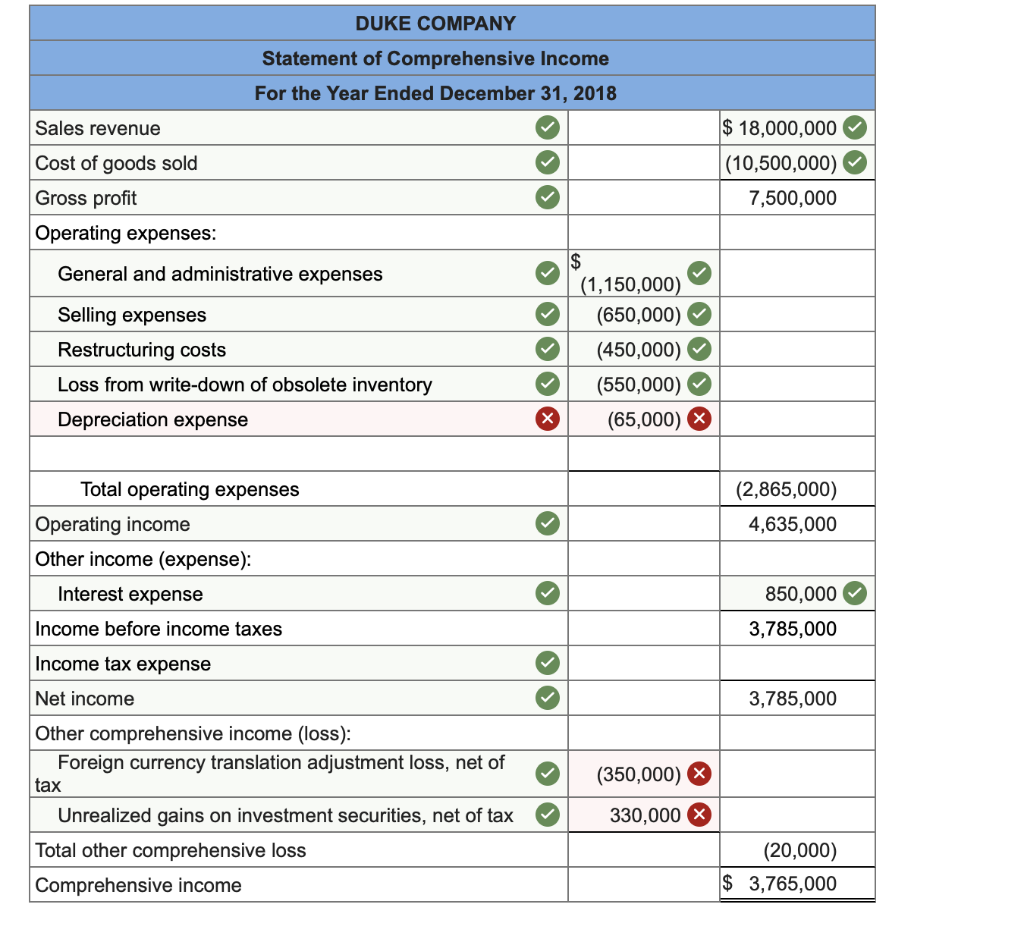Which Of The Following Is Not Considered An Adjustment

Imagine a small, sun-drenched classroom, filled with the quiet hum of focused energy. Students are bent over their desks, pencils scratching across paper as they grapple with a seemingly simple question: "Which of the following is not considered an adjustment?" The air crackles with the anticipation of understanding, the satisfaction of unlocking a fundamental concept.
This seemingly straightforward query delves into the heart of understanding how we adapt and react to the world around us. The core question—what doesn't constitute an adjustment—unveils the nuanced distinctions between inherent characteristics, external influences, and the conscious or subconscious efforts we make to align ourselves with our environment.
Understanding the Landscape of Adjustment
To properly answer this question, we must first define what we do consider an adjustment. Adjustments are the dynamic processes by which individuals alter their behavior, thoughts, or feelings in response to internal or external demands.
These changes are often driven by a need to achieve a better fit with the surroundings, reduce stress, or attain a desired outcome.
The Many Faces of Adjustment
Adjustment is a broad concept, encompassing a wide array of human behaviors. Consider the student who studies diligently to improve their grades—this is an adjustment to academic demands.
Or the individual who starts exercising to improve their health and well-being—an adjustment to lifestyle factors. Adjustments can be subtle, like changing your route to work to avoid traffic, or profound, like seeking therapy to cope with grief.
According to a study by the American Psychological Association, effective adjustment is linked to increased life satisfaction and overall well-being. The ability to adapt and respond flexibly to changing circumstances is a cornerstone of mental and emotional resilience.
What Falls Outside the Realm of Adjustment?
While adjustment covers a vast spectrum of adaptive responses, some factors lie outside its boundaries. This is where the core of our question resides.
Specifically, traits or conditions that are inherent, unchangeable, or not consciously altered in response to external pressure typically do not qualify as adjustments. These can include innate personality traits, genetic predispositions, and certain fixed biological factors.
Innate Characteristics: The Unadjustable You
Take, for example, a person's natural eye color. While one might change their appearance through cosmetic means, the underlying genetic determinant of their eye color remains a fixed trait.
Similarly, certain personality traits, though malleable to some extent, possess a strong genetic component. Research in behavioral genetics consistently demonstrates the heritability of personality traits such as introversion, extroversion, and conscientiousness.
While individuals might learn to adapt their behavior in social situations, their core personality disposition tends to remain relatively stable over time. Thus, unchangeable biological or genetically determined factors aren't considered adjustments.
Fixed Biological Conditions: Beyond Our Control
Certain fixed biological conditions also fall outside the realm of adjustment. For example, a person born with a specific physical disability faces challenges that require adaptation and coping strategies.
However, the underlying physical condition itself isn't an adjustment; it's a pre-existing reality to which the individual must adjust. Adjustments, in this context, refer to the strategies and behaviors adopted to navigate and overcome the challenges posed by the condition.
According to the World Health Organization (WHO), rehabilitation and assistive technologies play a crucial role in facilitating successful adjustment for individuals with disabilities. These interventions help people adapt to their environment and participate fully in society.
Distinguishing Adjustment from Mere Reaction
It's important to distinguish true adjustment from simple knee-jerk reactions. A reaction is an immediate, often involuntary, response to a stimulus.
Adjustments, on the other hand, involve a more considered and sustained effort to modify behavior or thinking in response to a situation. For instance, flinching at a loud noise is a reaction, while systematically desensitizing oneself to a fear of public speaking is an adjustment.
A study published in the Journal of Abnormal Psychology highlighted the importance of distinguishing between adaptive coping strategies and maladaptive reactions in managing stress. Adaptive coping involves conscious efforts to address the source of stress, while maladaptive reactions often involve avoidance or denial.
Examples to Illuminate the Concept
Let's consider a few examples to solidify our understanding: Scenario 1: A person who is naturally shy decides to take an acting class to become more comfortable speaking in public. This is an adjustment.
Scenario 2: A person with a genetic predisposition to anxiety learns mindfulness techniques to manage their symptoms. This is also an adjustment. Scenario 3: A person who is born with blue eyes wears brown contact lenses. This isn't an adjustment, but a physical alteration. The underlying genetic trait remains unchanged.
Consider this last scenario. The individual has not adjusted anything about themself biologically, just changed their physical appearance.
The Significance of Understanding Adjustment
Understanding what constitutes an adjustment, and what doesn't, is crucial for several reasons. First, it helps us to identify areas where we can actively improve our well-being and resilience.
Second, it allows us to appreciate the inherent strengths and limitations we possess, fostering greater self-acceptance. Recognizing that certain traits are fixed or biologically determined can alleviate unnecessary self-criticism and promote a more compassionate approach to personal growth.
Finally, it informs our understanding of mental health and the interventions that are most effective in promoting positive change. Interventions targeting maladaptive behaviors or thought patterns are more likely to be successful when they acknowledge and address the underlying factors that influence adjustment.
Final Thoughts
So, revisiting our initial question, "Which of the following is not considered an adjustment?", we can now confidently answer that innate characteristics, fixed biological conditions, and simple reactions fall outside the realm of true adjustment. Adjustments are the conscious or subconscious efforts we make to align ourselves with our environment.
Adjustment is about embracing change and adapting our behaviors, thoughts, and feelings to navigate the complexities of life. By understanding the nuances of adjustment, we can empower ourselves and others to live more fulfilling and resilient lives.
Like those students in the sunlit classroom, wrestling with a seemingly simple question, we've uncovered a deeper understanding of ourselves and the world around us. The journey of adjustment, like the pursuit of knowledge, is a continuous process of growth and discovery.











